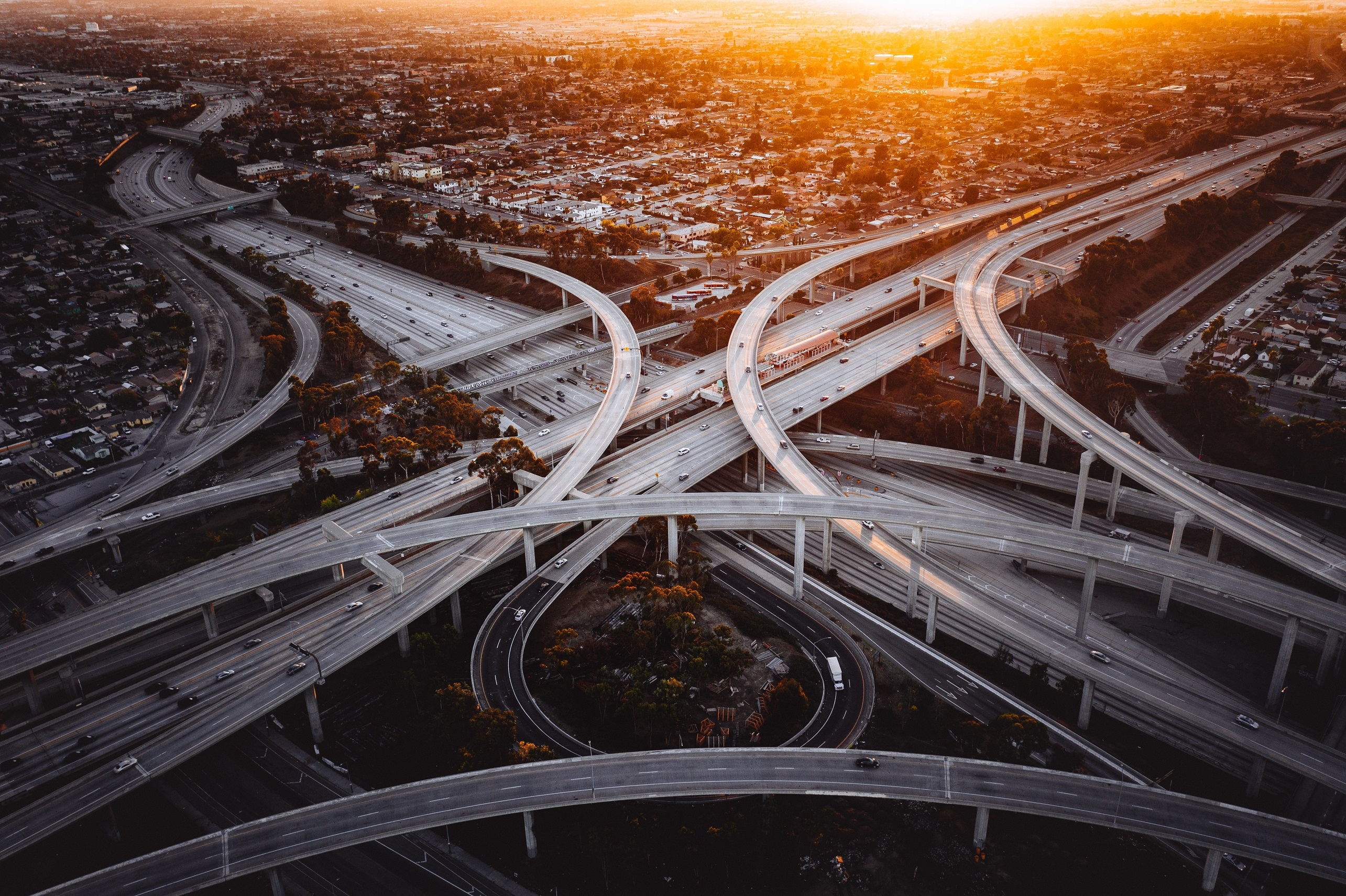Navigating the World's Arteries: A Comprehensive Look at Roads and Highways

Roads and highways are the lifelines of modern civilization, weaving through landscapes, connecting communities, and facilitating the movement of goods and people. They are the silent protagonists in our daily commutes, facilitating travel, commerce, and societal development. This article delves into the intricate web of roads and highways, exploring their significance, evolution, challenges, and future prospects.
The Significance of Roads and Highways: Since ancient times, roads have played a pivotal role in human history. From the Silk Road linking the East and West to the Roman roads crisscrossing Europe, these pathways have shaped trade, culture, and conquests. Today, roads and highways are indispensable components of transportation infrastructure, supporting economic activities and fostering social integration.
Economic Impact: The economic significance of roads and highways cannot be overstated. They serve as conduits for trade, enabling the movement of goods from production centers to markets. Efficient road networks reduce transportation costs, enhance accessibility to resources, and stimulate economic growth by facilitating the flow of investments and fostering regional development.
Social Connectivity: Roads and highways are vital for societal connectivity, enabling individuals to access essential services, education, healthcare, and employment opportunities. They strengthen social bonds by fostering interaction between communities and facilitating cultural exchange. Moreover, they play a crucial role in emergency response, providing lifelines during natural disasters and crises.
Technological Evolution: The evolution of road infrastructure has been marked by technological advancements aimed at improving safety, efficiency, and sustainability. From primitive pathways to modern expressways, innovations such as asphalt paving, traffic signals, and intelligent transportation systems have revolutionized the way we navigate roads. Emerging technologies like autonomous vehicles, smart sensors, and renewable energy integration promise to further transform the landscape of transportation.
Challenges and Solutions: Despite their benefits, roads and highways face numerous challenges, including congestion, maintenance backlog, environmental impacts, and safety concerns. Addressing these challenges requires a multi-faceted approach encompassing infrastructure investment, policy reforms, and technological innovation. Sustainable practices such as eco-friendly construction materials, congestion pricing, and public transportation integration are essential for mitigating environmental degradation and promoting resilience.
Future Prospects: The future of roads and highways is ripe with possibilities. Advancements in materials science, renewable energy, and digital connectivity hold the promise of creating smarter, greener, and more resilient transportation networks. From self-healing roads that repair themselves to electric highways powering vehicles on the go, innovation will continue to redefine the way we conceive, design, and use transportation infrastructure.
Conclusion: Roads and highways are more than mere conduits for vehicles; they are the arteries of civilization, connecting societies, driving economies, and shaping landscapes. As we navigate the challenges of the 21st century, it is imperative to invest in sustainable, resilient infrastructure that can adapt to the evolving needs of a rapidly changing world. By harnessing innovation, embracing sustainability, and fostering collaboration, we can pave the way for a future where roads and highways serve as pathways to progress for generations to come.
- Arts
- Business
- Computers
- Jeux
- Health
- Domicile
- Kids and Teens
- Argent
- News
- Recreation
- Reference
- Regional
- Science
- Shopping
- Society
- Sports
- Бизнес
- Деньги
- Дом
- Досуг
- Здоровье
- Игры
- Искусство
- Источники информации
- Компьютеры
- Наука
- Новости и СМИ
- Общество
- Покупки
- Спорт
- Страны и регионы
- World


